5 All-Time Favorite Conveyor Belt Sushi Restaurants (That Are Worth Your Time)
All Aboard the Sushi Train!
Not a big fan of formal restaurants, high prices or sitting in front of the chef? Hit up one of these kaitenzushi shops instead!
Going to a formal sushi restaurant, sitting on a counter in front of the itamae (sushi master) while watching and waiting for each piece of sushi to be presented is surely a once-in-a-lifetime opportunity. Indeed, the beautiful arrangements and careful attention to seasonal flavors and details is a delight for all of the senses and a very unique only-in-Japan experience we should all have at least a few times. But on other occasions, when you simply want to have a quick bite, eat as much as you want without breaking the bank and still sound confident saying oishii, there’s the other kind of sushi chains: the kaintenzushi (回転寿司) or conveyor belt sushi restaurants. Here are five of Japan’s (and our) favorites!
1. Hamazushi (はま寿司)
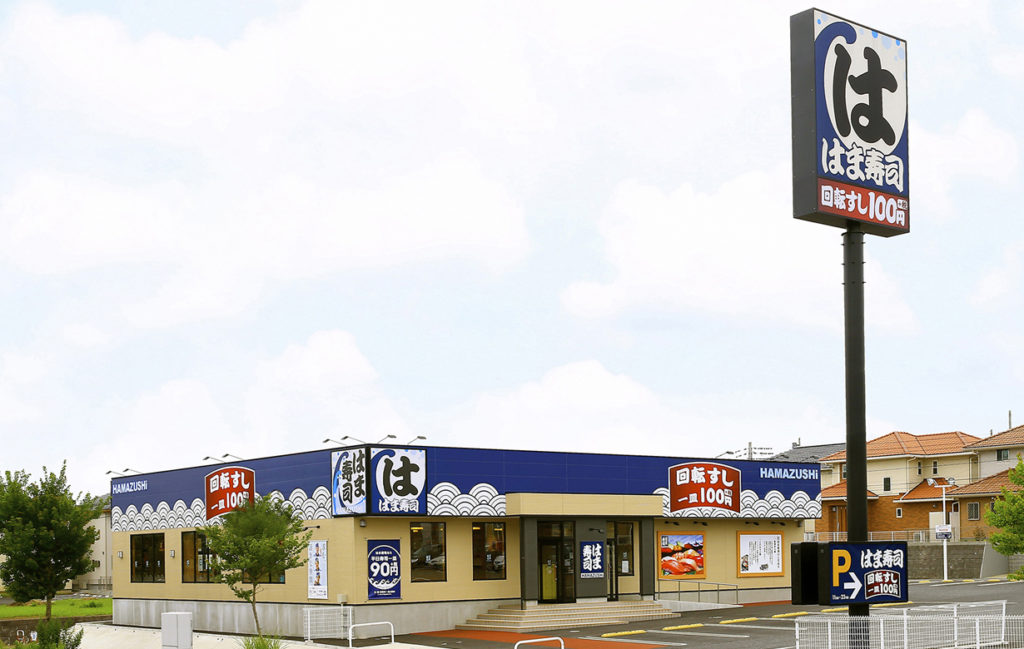
Though only founded in 2002, Hamazushi has quickly risen to popularity, boasting over 400 locations across the country and some of Japan’s most reasonable prices: typically just ¥100 per plate of two. Another point that sets the chain apart is their video tutorials aimed at foreigners that explain (in English) everything from how to find your seat, how to order and how to enjoy your sushi. If you’ve never been to a kaitenzushi restaurant before, this video will make you feel like a pro in no time.
The best flavor pairing possible is something that Hamazushi strives for, which is why they have six different types of soy sauce available on each table. According to sushi connoisseurs, the right soy sauce can make a given type of sushi taste even richer. You might want to experiment with the different types and see what combinations you can discover. Aside from a very long list of sushi on their menu, Hamazushi also takes pride in its exceptionally creative side dish menu, which includes everything from French fries to ramen and chocolate cakes.
2. Kurazushi (くら寿司)
View this post on Instagram
Established in 1977, Kurazushi’s restaurants are designed to look like a traditional Japanese kura (倉), or storehouse. Kurazushi focuses a great deal on food safety and health, and as a result of their practices, the chain has 41 patents and 145 trademarks worldwide to their name. No artificial flavors, colors, sweeteners or preservatives are used in any of their products. Each plate of sushi is protected by its own patented dome-container that opens when plates are taken to eat. If you’ve never been to a Kurazushi before, I strongly recommend having the staff show you how to properly open the dome — it will save you some struggles. They also have low and no-carb sushi/sashimi options too, so if you’re dieting but don’t want to give up carbs completely, this is a great place for you.
3. Kappazushi (かっぱ寿司)
View this post on Instagram
While Kappazushi might not have service in English, they have recently undergone a complete rebranding and store remodeling that have brought them plenty of new fans over the past few years.
Founded in 1973, Kappazushi is recognizable by its two adorable kappa (turtle-like river imp) as their mascots, called Ka-kun and Pakko-chan. A unique feature of this chain is that it does a great number of collaborations with other famous food brands across Japan, including Halloween specials, crab special series or other seasonal food fests. It is also one of the few kaitenzushi chains you can order via UberEats.
View this post on Instagram
Although it isn’t raw fish, one dish you might want to try here is the roast beef garlic soy sauce sushi — two slices of thick-cut roast beef stacked on sushi rice with sliced onion and garlic soy sauce drizzled on top. Tastes like the perfect mini steak, as a friend of mine once said.
4. Sushiro (スシロー)
View this post on Instagram
Sushiro is heavily featured in a number of Japanese daytime TV shows, mainly thanks to its near constant sushi innovations and menu updates. Opened in 1984, Sushiro came from a traditional chef’s desire to let others enjoy sushi in a more casual setting. Since then, it has grown to become one of the largest, and the highest selling, kaitenzushi chain in Japan. Their restaurants are always lively and despite being chain locations, somehow also manage to feel really cozy and inviting.
They have menus in English, Chinese and Korean, a vast array of seasonal dishes to choose from, including some desserts that will blow your mind, and 510 locations across Japan. Most sushi plates come for just ¥100. Sushiro can also be ordered via UberEats.
5. Genki Sushi (元気寿司)
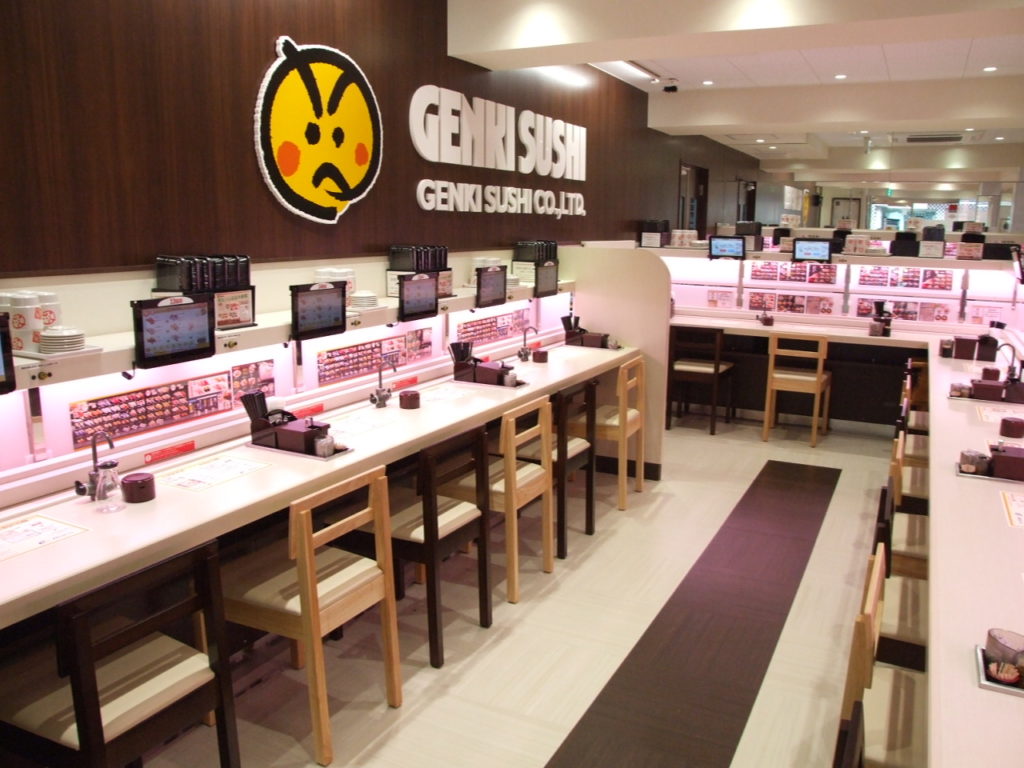
Genki Sushi is the name of a group of kaitenzushi restaurants: Genki Sushi, Uobei Sushi, and Senryo, which only has two locations (one in Ibaraki, and one in Tochigi). Founded in 1968, the chain’s goal is to promote and share the joys of sushi with the world, which they’re accomplishing by having menus in English and simplified/traditional Chinese, and by also opening locations in the US, Hong Kong, and China. Their prices are on par with the others in this list, and their premium selections are pretty creative — think Minced Fatty Tuna, Chicken Tempura Nigiri, Steamed Oyster and Salmon Cutlet Row. Constantly evolving, Genki Sushi is a place that will never get you bored.
Tips for visiting a kaitenzushi restaurant
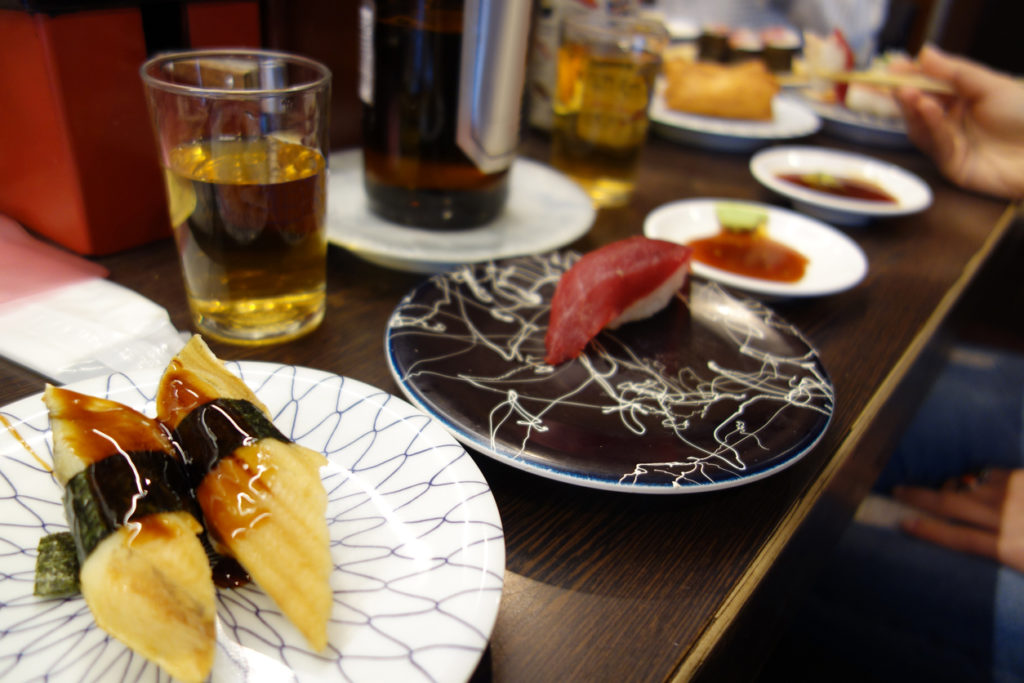
When you enter any of those chains, you can choose either a booth or counter seat, where you’ll find a box of chopsticks, wet paper towels, pickled ginger, soy sauce and wasabi, as well as self-serve water or hot green tea. Ordering is typically done through a touch-panel screen and your order comes placed on a special plate — you are typically also informed through a high-pitched voiced machine on your table that your order will be with you soon. You can also take freely whatever is coming your way on the conveyor belt.
Once you’re done, click on the kaikei (会計) button on the touch screen to inform the staff that you’re done and would like to proceed to the cashier. Prices are calculated based on the total number of plates eaten, with some plates of premium sushi, side dishes, or desserts costing more. The number of plates eaten is usually counted by the restaurant staff, although some restaurants also have a plate depository, which counts them via computer instead. Enjoy your visit!













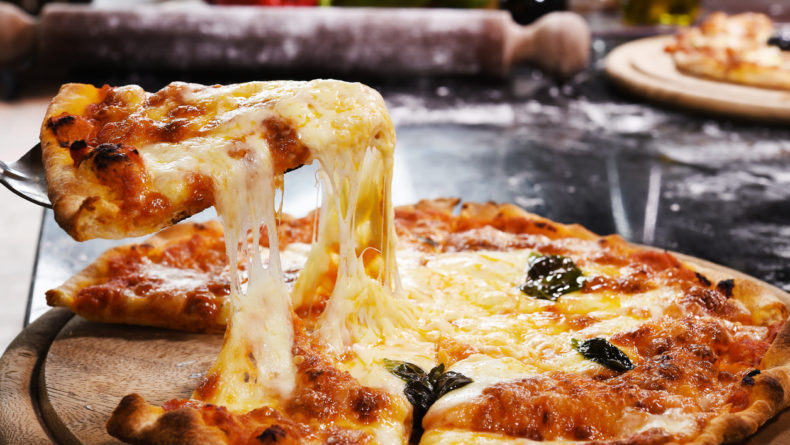
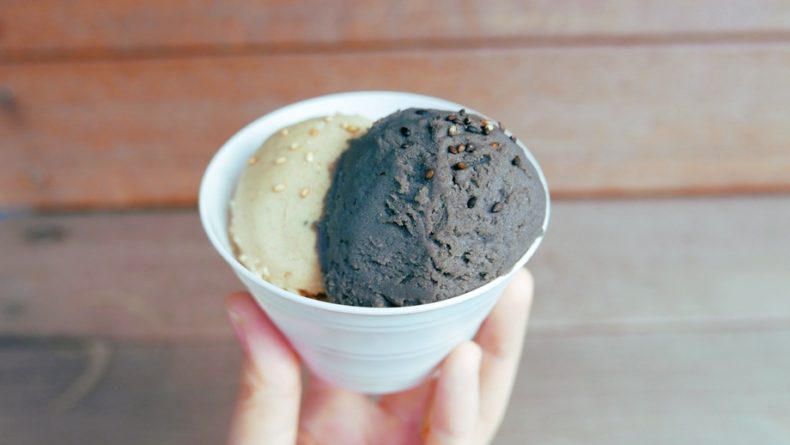

Leave a Reply